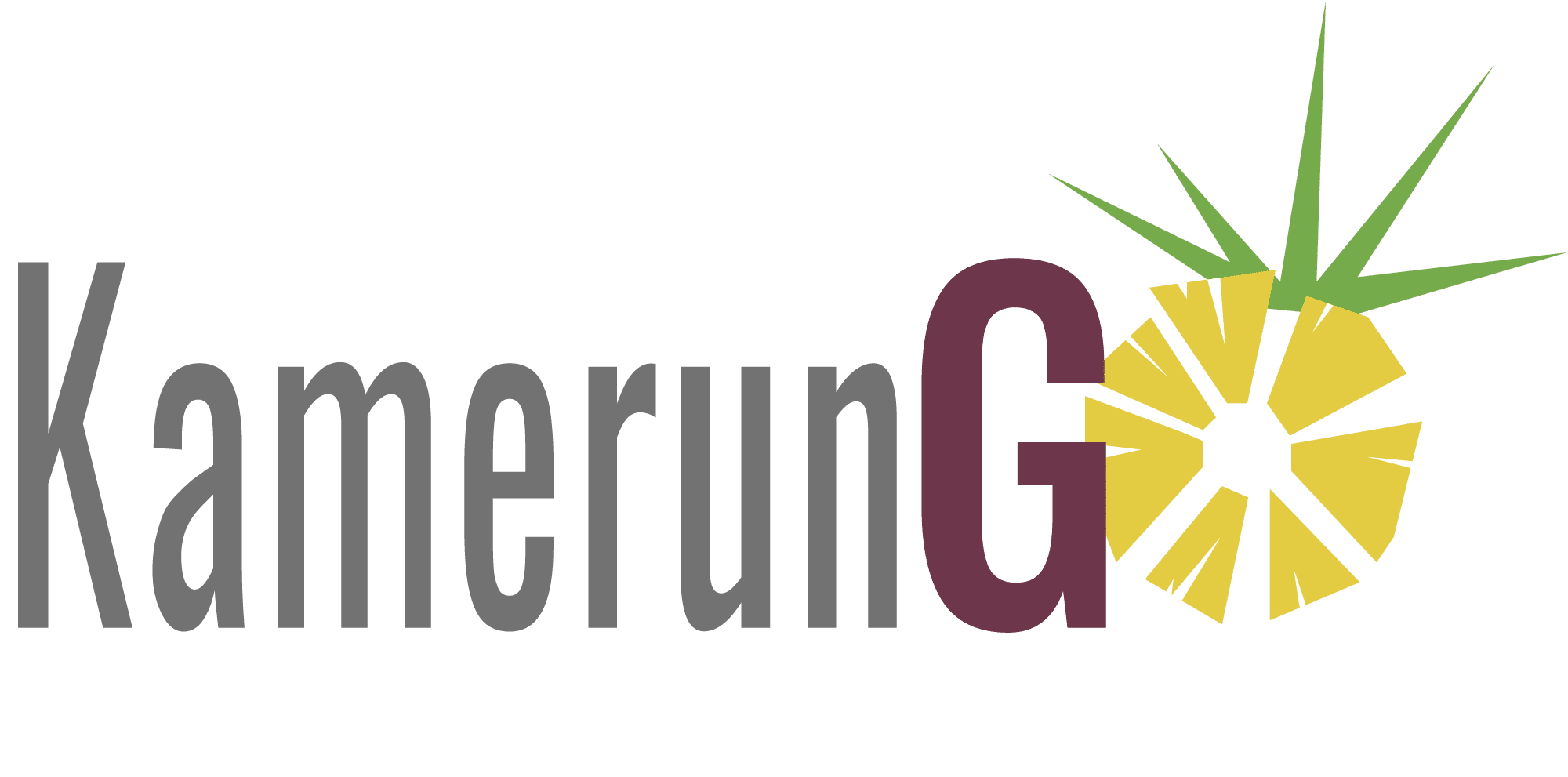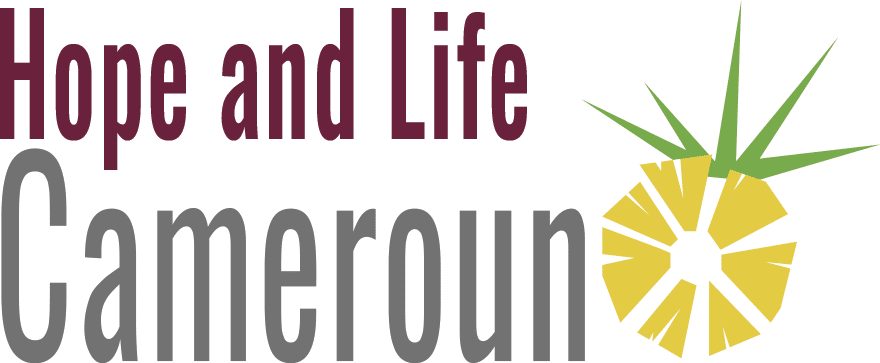There are two different school systems for children and young people in Cameroon.
Based on the linguistic division of the country, around 80% of the children are taught according to the French school system and 20% according to the English school system.
The classes are very large and it is not uncommon to find 120 pupils in one room waiting for their teacher.
There is sometimes no compulsory education for children in Cameroon.
The proportion of illiterate children remains relatively high at just over 25%, despite an enrolment rate of over 75%, which is quite good by African standards.
However, there is a strong south-north divide.
In the northern provinces, the school enrolment rate is much lower than in the south and center of the country, partly for cultural reasons.
There are state and private institutions for all types of school.
However, state schooling does not necessarily mean free education.
Although primary school attendance is free in state institutions, the costs for school materials, uniforms, travel and meals during breaks have to be borne by the parents themselves.
This in turn lowers the school enrolment rate, even in the southern provinces, and often leads to children dropping out of school.
In addition, the financial support provided by the state is often insufficient to run a school, meaning that parents regularly have to bear additional costs for the upkeep of the school.
In some cases, contributions are made to so-called parents’ associations, which then also finance additional teaching staff or are needed for construction measures.

